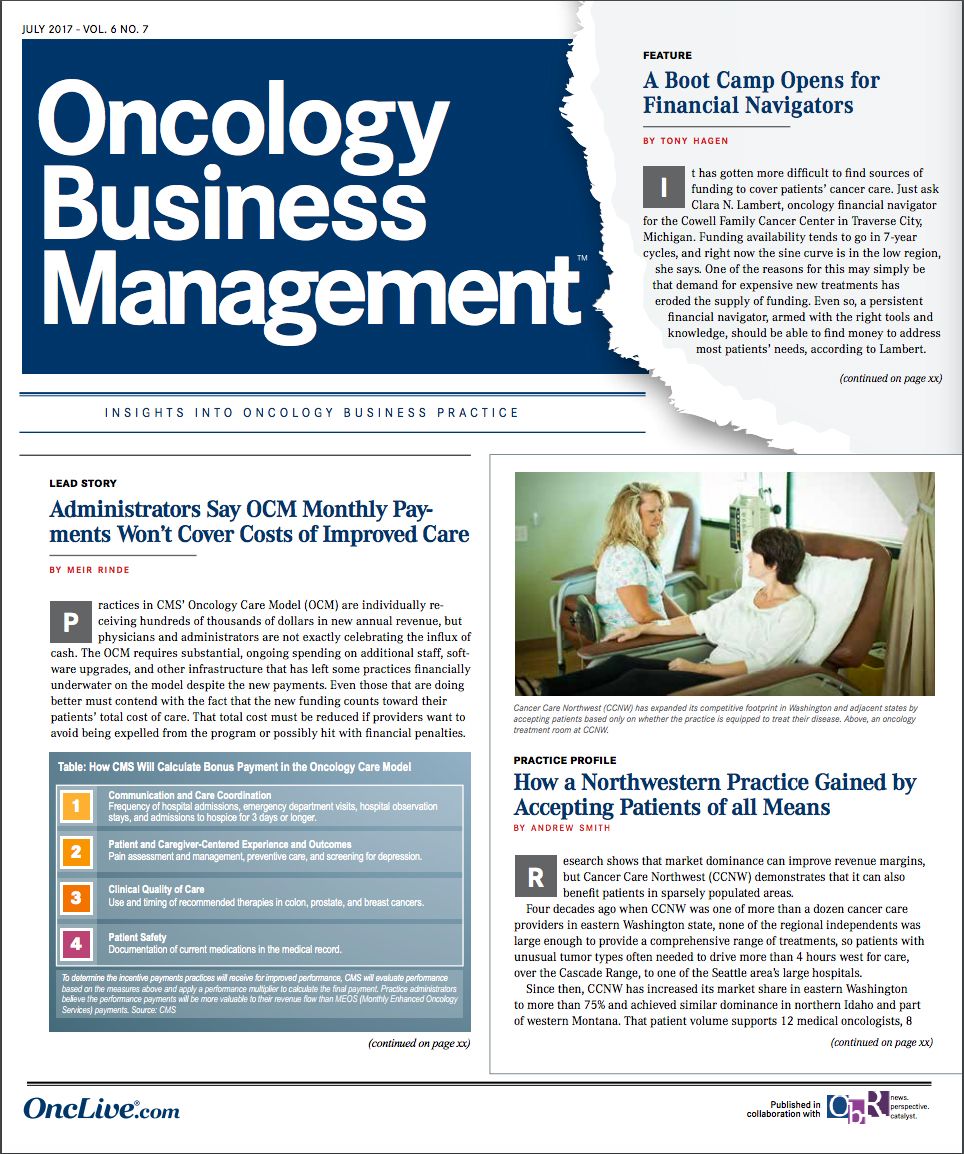Publication
Article
Special Issues
MedPAC's Drug Price Solution May Be a Problem in Disguise
Author(s):
Over the past 3 years, there has been a growing chorus of complaint about the rising costs of medications, particularly in oncology.
Andrew L. Pecora, MD
Over the past 3 years, there has been a growing chorus of complaint about the rising costs of medications, particularly in oncology. Now that we have topped $3 trillion in national healthcare expenditures—against a gross domestic product of $19 trillion—nearly everyone agrees that we should change the cost curve so that it trends downward. That is easier said than done, because we are all going to live longer and need more healthcare.
In place of a system reboot, one approach has been to cut the cost of individual components of care. Physicians know all too well how this has gone for them. When accounting for inflation, oncologists have seen a steady decline in their compensation per unit of service, compounded by the perverse system of marking up drug prices instead of compensating physicians more directly for their skill and knowledge of how to choose, administer, and monitor drug delivery in the cancer setting. This has controlled the cost of care, but has it improved it?
Now the Medicare Payment Advisory Commission (MedPAC) is recommending that CMS establish a competitive pricing program for Part B drugs. Under MedPAC’s proposed Drug Value Program (DVP), a limited number of third-party vendors would negotiate with manufacturers to set lower prices for drugs.
Participating providers could obtain those drugs at the reduced rates, paid by CMS, and receive a small administrative fee. There is also a chance that participating physicians could share in the savings generated by the DVP. Once again, physician compensation would be tied to drug utilization, but there would supposedly be less incentive to prescribe costly drugs—in theory, more savings and more income.
However, one wonders if, under this system, less expensive and possibly less effective therapies could lead to more income. If so, we would have the inverse of the perverse incentive that currently exists. I believe that most physicians appreciate and agree with the need for profit in drug and biologic discovery.
However, few, if any, oncologists would agree that their compensation should be based on the cost of drugs. It takes the same skill, education, and time to care for patients whether they receive less expensive or more expensive medications.
Do we really want our physicians considering drug cost in their treatment decisions? Which is their higher duty: the obligation to provide efficacious therapy for their patients or the obligation to society, as citizens, to control healthcare costs? There are no easy answers here. I and others believe that the way forward is to change the focus of the system of reimbursement. The movement from fee for service to bundles and payment based on outcomes potentially creates alignment for all stakeholders. The market is malleable now, and the need for change will not abate. We have the opportunity to correct the system, and we should not stop until we succeed.









